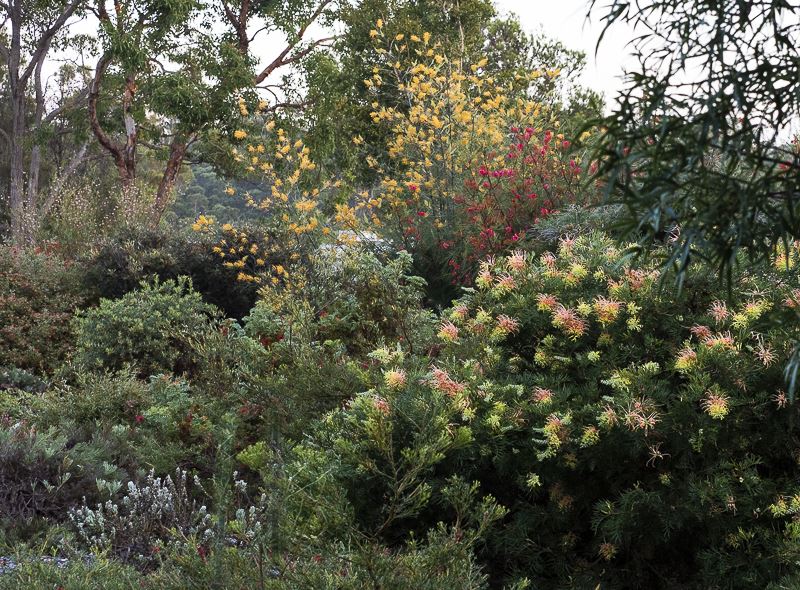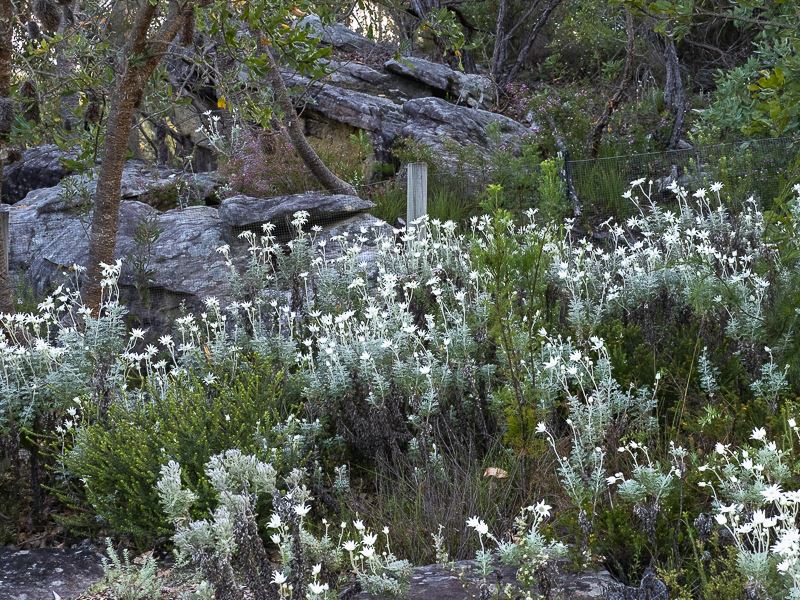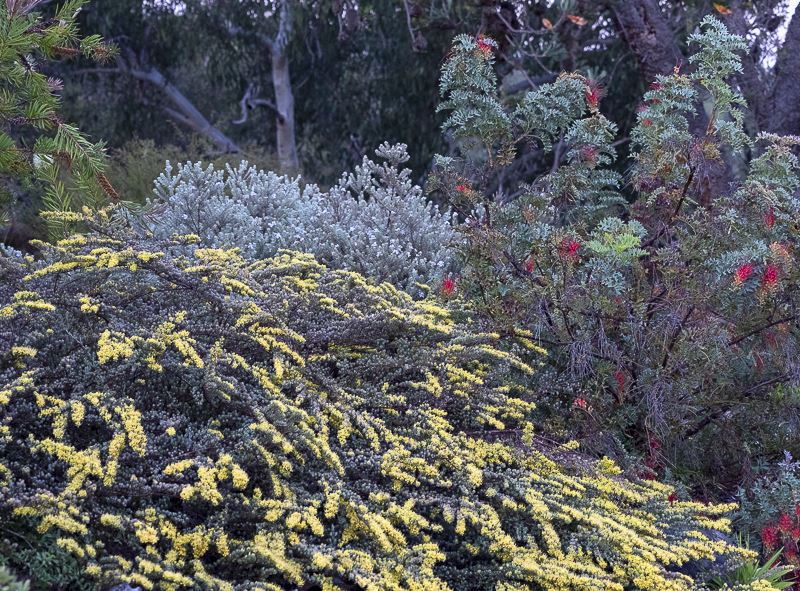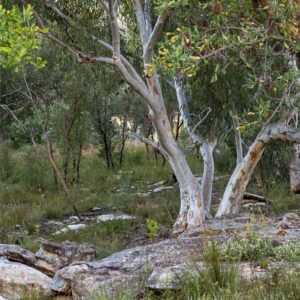One of the valuable benefits I found when I joined the Parramatta/Hills Group was that I could mingle with experienced members. From them I could often pick up gems of wisdom.
Here are some examples.

Be ruthless
Probably the most valuable piece of advice I learnt was from Ross Doig. It was just two words: “be ruthless”. This was in relation to native gardens of course! I have put this into practice many times, sometimes taking a while to convince myself. And it usually works out for the better.
The main philosophy is to remove non-performing plants from your garden early on, without waiting for another year or two hoping they will improve. You can then replace them with other plants you think will look better.
Following this advice sometimes results in a pleasant surprise. Three or four years ago I decided to get rid of a grafted Grevillea dielsiana that was getting old and woody and not making much new growth or flowering well. I used a chainsaw to cut it down to within 12 inches of the ground with the idea of digging the roots out later. However, it had other ideas (plants can think, of course!). It started shooting, and now it’s as good as ever, putting on a magnificent show of flowers as I write this!

When you were out with Ross on a bushwalk Ross would always be “over there” – off the track scouring the bush looking for unusual or rare plants. You could ask him about any native plant from the Sydney region and he would know precisely where it grew. I can still see his photo on page 3 of the Sydney Morning Herald just after Haloragodendron lucasii was rediscovered after it was thought to be extinct.
Do all your pre-winter planting before ANZAC Day

Another gem of wisdom came from John Evans. John used to say “do all your pre-winter planting before ANZAC Day”. The idea behind this was to allow the plants time to develop roots and become established so they can withstand the forthcoming cold weather. And it works! I’ve never had much trouble with new plants over winter, even though I get a few days of frost.
John’s front garden always looked amazing, especially the Sturt’s Desert Peas. The hybrid grevillea named “John Evans” was sourced from his garden.
Duplicate the plant’s natural environment
Max Hewett was another fabulous grower of native plants who was generous in sharing his vast knowledge. One of his principles, reflected in his conversations and writings, was to try to duplicate in the garden conditions of the plant’s natural environment. This involved soil, aspect, drainage, etc.

In Max’s garden at Cherrybrook his various garden beds had different soils to suit the relevant plant groups. These soils were specially formulated with unique chemical and physical make-ups. For many years he was leader of the Verticordia Study Group and was able to grow a lot of these lovely Western Australian species to perfection in Sydney.
When I acquire a new plant I usually use Google to see where it grows in the wild. This gives me a clue as to where to place it in the garden. Sometimes the plant tells you where it prefers. I’ve found that a particular eremophila grows best in a position near the house foundations, which conveys that it probably likes alkaline soil.
Thanks to pioneers of growing native plants like Ross, John and Max, we now have much more practical knowledge available to us.
All images from Ian’s garden (by Heather Miles)
